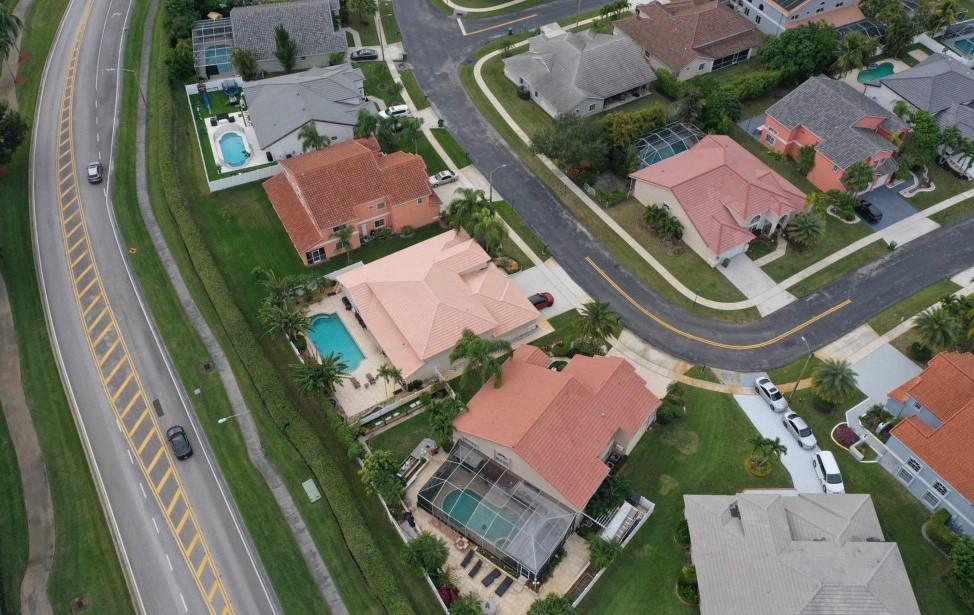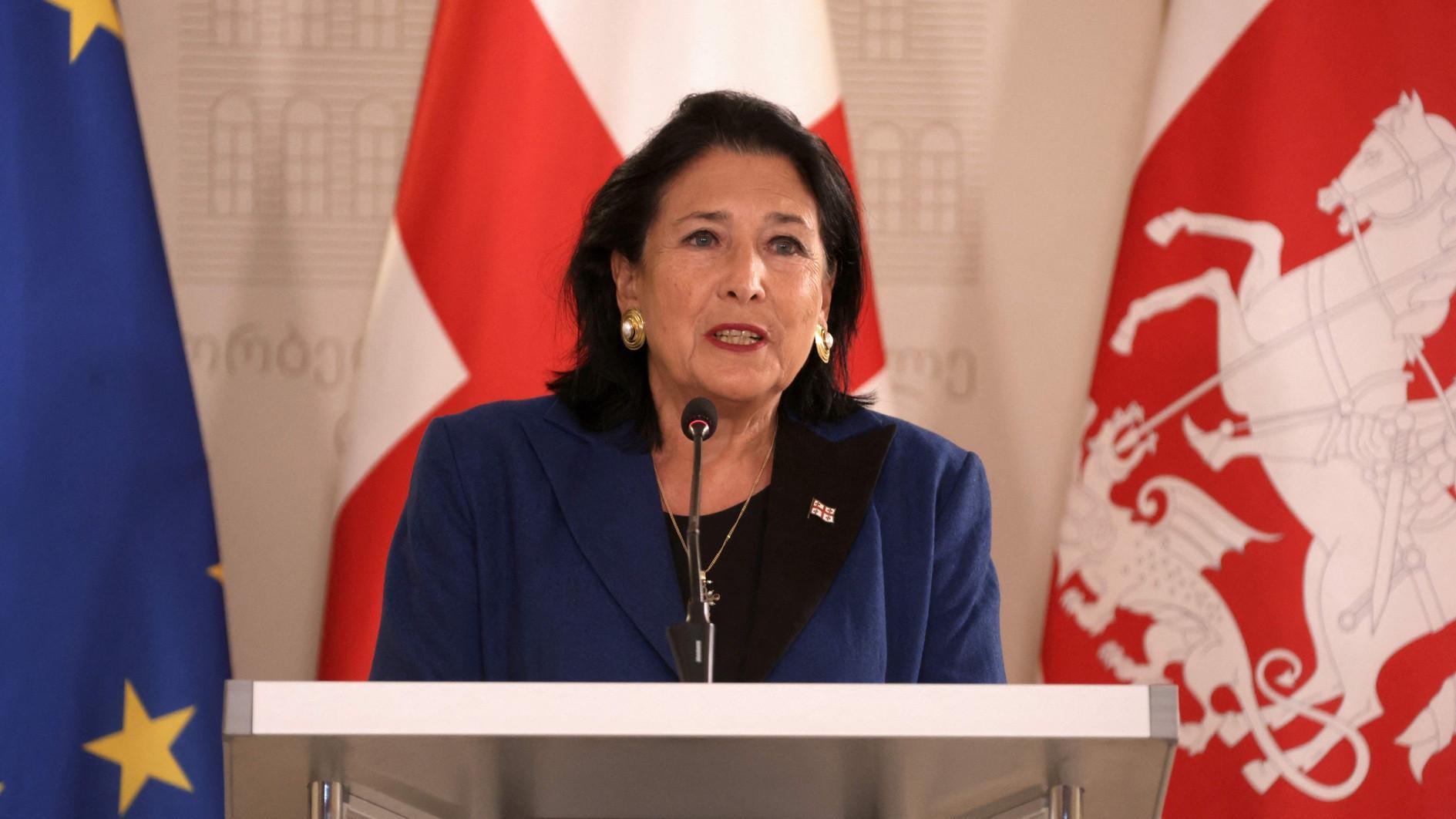Cooling US inflation lifts hope for smaller Fed rate hike
WASHINGTON

Slowing inflation and a cooling property sector are fueling expectations that the U.S. central bank can adopt a smaller interest rate hike this week, as policymakers assess current efforts to rein in prices.
As consumer inflation rocketed to decades-high levels last year, the Federal Reserve raised rates seven times in an aggressive campaign to cool the world’s biggest economy and lower costs.
Since then, the interest-sensitive property sector has slumped, retail sales have weakened and wage growth has started to ease, prompting some Fed policymakers to suggest it may be time to slow the pace of rate hikes further.
“A slower pace of rate hikes will give the committee time to assess the full economic effects of monetary tightening thus far,” said Moody’s Investors Service in a report.
Markets expect the Fed to adopt a 25-basis-point hike at the end of a two-day meeting on Feb. 1, slowing the pace of increases for a second time in a row.
This would take the benchmark lending rate to 4.50-4.75 percent, a level last seen in 2007. In December, the Fed announced a 50-basis-point hike, stepping down from four earlier, steeper spikes.
“They are seeing the desired effects of policy,” Rubeela Farooqi of High Frequency Economics told AFP.
“They don’t want to keep on pushing until they get the economy into a recession,” she said.
But the inflation fight “is far from won,” warned the Moody’s report.
Although demand appears to be moderating and supply bottlenecks have eased, spending has been stronger than expected.
This has prevented inflation from falling more rapidly and suggests the Fed’s “terminal rate,” the level at which it will halt its increases, remains uncertain.
For inflation to come down to the Fed’s target, “we will need a little bit of softening in the labor market,” Madhavi Bokil of Moody’s Investors Service told AFP. This could show up in a slower pace of hiring and fewer vacancies.
















